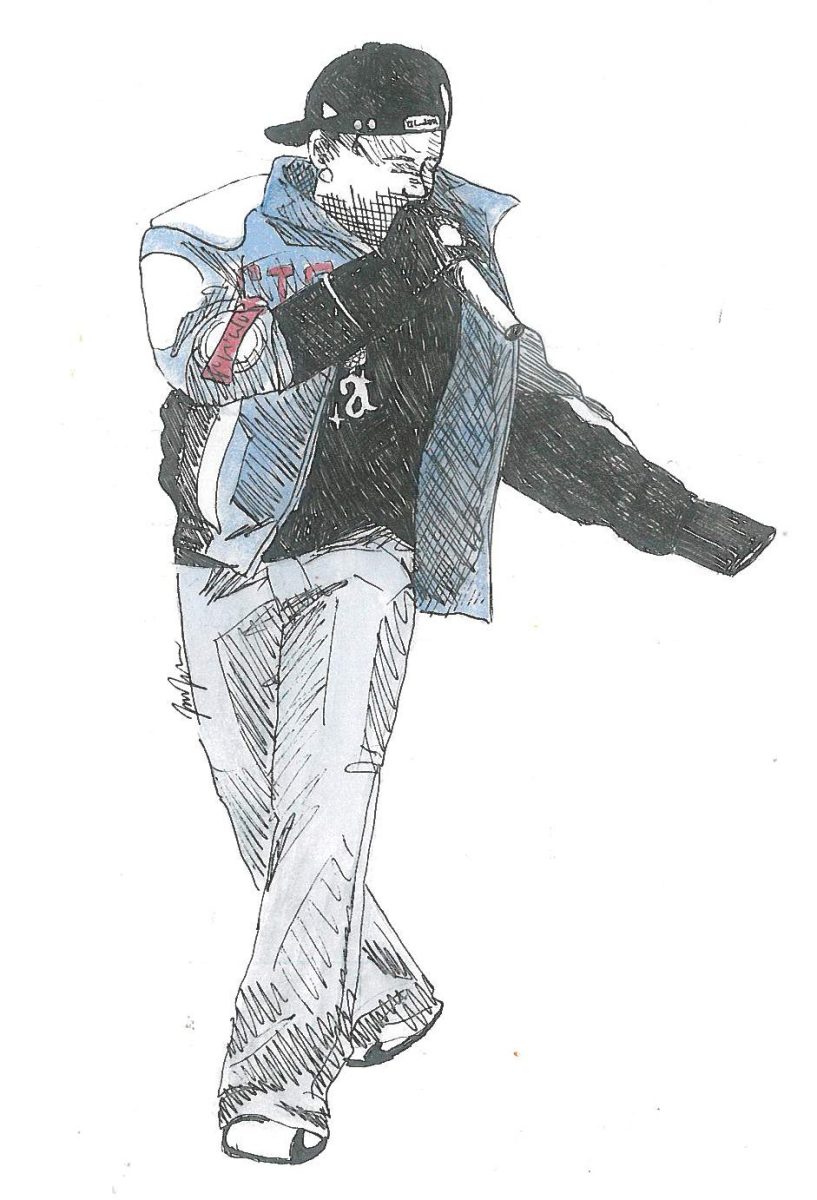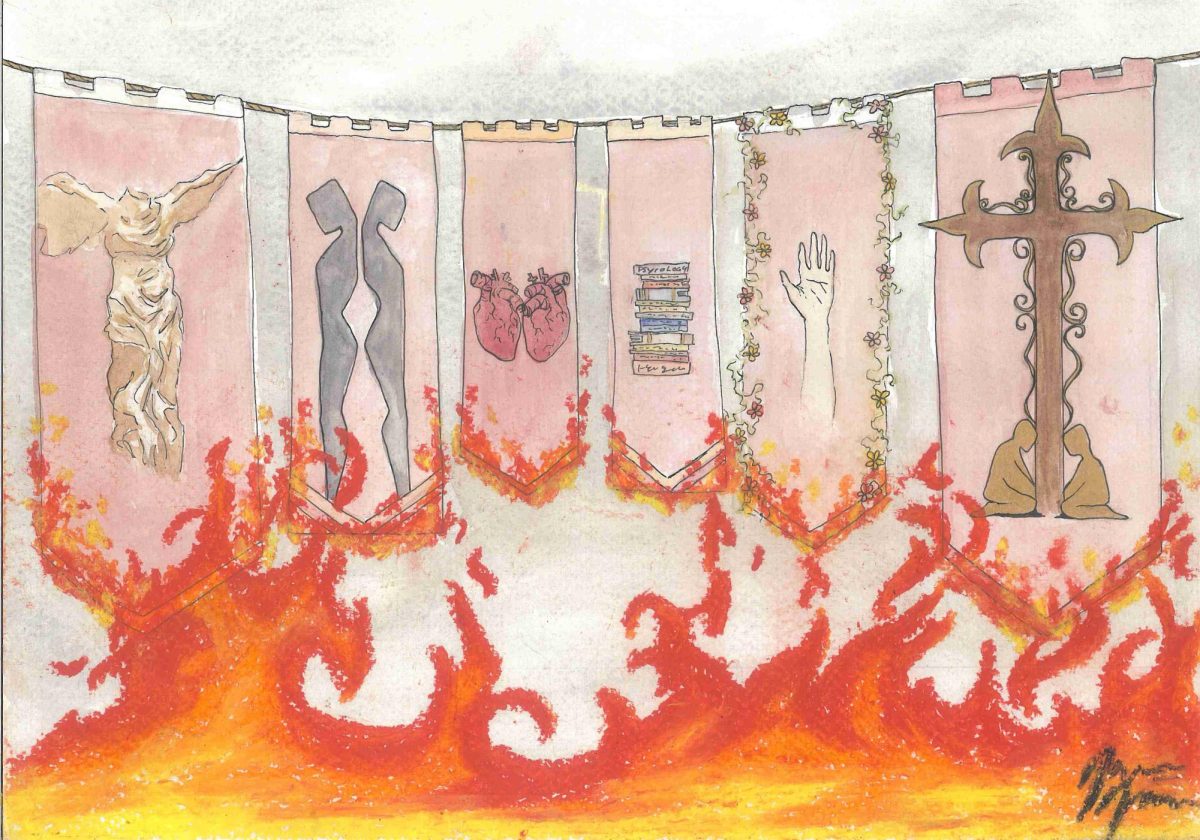Review
When a predominantly white industry decides to highlight an event rich with cultural nuance from Mexico, like that of Día de los Muertos, it can be difficult to do so accurately.
“Coco,” a movie whose theme revolves around the familial bonds that are the foundation of much of this culture, has been the main focus of concern since the announcement of this movie’s release.
Pixar’s new film, “Coco,” which premiered in theaters in America on Nov. 22, is a film celebrating the traditions and culture of Día de los Muertos through the journey of Miguel, an aspiring musician who hopes to emulate his idol Ernesto de la Cruz. Miguel’s family is a window into the cultural values of Latin American countries.
What truly sets this movie apart from other Pixar films, however, is its authenticity both artistically and culturally.
Production Designer Harley Jessup said that the Pixar team went on multiple research trips to Mexico for the making of this film.
Not only did they do careful research into the culture and mannerisms of one Mexican town, but they also did a great deal of research into the holiday of Día de los Muertos.
“I demanded that every design project was based on thorough research, that people are not just making it up out of their heads. But we are not just doing a photo-reel movie either. Things are caricatured and exaggerated so that it’s making the story poignant and accenting the character design,” Jessup said.
He continued, “That research kept us grounded in what was true to Mexico and kept us away from preconceptions and clichés. I feel like so many films have done a disservice to Mexico in featuring the worst stereotypes.”
“By having it based on what we actually saw, and demanding that there be a reference that supports what we’re doing and designing a world that supports this story, I felt like that kept us true and kept the character design true and the set design true.”
Though the traditions and spiritual aspects of Día de los Muertos go back centuries, Jessup said that the film had heavy influence from the 20th century political cartoons around Día de los Muertos made by José Guadalupe Posada.
It is clear that there was an abundant amount of research done for both cultural aspects of the movie as well as the accuracy of the music played.
Music plays a huge role in “Coco” even though the film itself it is not a musical. Miguel and other characters regularly play classical guitar throughout the film.
Jessup said that the team would film musicians while playing the guitar so that animators could use scrutiny when recreating those movements. The chords that Miguel, Ernesto de la Cruz and Hector the skeleton play on the screen are the chords real musicians had played.
Once again, Pixar has created a world that viewers can honestly look into and see something fully fleshed out. The artistry alone helped bring Miguel’s home town of Santa Cecilia and the land of the dead to life.
In Santa Cecilia, the gritty yet charming textures of the Riviera’s home — like the leather of the shoes the family makes, to the wood of the picture frames of their past family members — helped flesh out the land of the living.
Once Miguel takes the journey to the land of the dead over a bridge of carnation petals, a staple in the celebration of Día de los Muertos, the viewer is welcomed into a whole new world of rich history and culture.
“The marigold and the marigold petals are such a key part in the holiday and we knew we would be designing around that brilliant orange color, which is such a great element to latch on to,” Jessup said.
“Subtly making that marigold color symbolic of family and where it appears in the film is always connected. Like making a path home for the ancestors or a path home for Miguel, it was an important visual element that we were able to include in the story we were telling.”
The incredible renderings of skeletons aside, the historical authenticity of the costumes allowed viewers to get a real sense of the generations of families that were living in both worlds.
“[By] being accurate and authentic in the details of costume and architecture, even though it’s not mentioned in the film, I think the audience will feel that layering of history,” continued Jessup.
“It supports our effort to make an authentic setting for this world where you believe and enjoy that these ancestors are living in this crazy, nutty, beautiful, joyous place, so that is where we, in the design team and the art department, could help support the most beautiful ideas in the story.”
“We’re always trying to show things in a poetic way.”
Pixar spared no expense in making the two worlds as realistic and approachable as possible with unique detail. Jessup said that there were thousands upon thousands of candles that were animated in the land of dead as well as in the graveyard in the world of the living.
Though the plot of the movie is not much different than other Pixar films, like “Ratatouille” or “Finding Dory,” it is the subject matter that made this movie really stand out.
Día de los Muertos, or Day of the Dead, celebrates the ancestry of Mexican families. They bring food, lay out pictures for their loved ones and leave a trail of carnation petals so that the family’s dead relatives can find their way back to them.
Not only does Pixar bring this culture to a blockbuster film, something that has not been done in the past, but it also creates a genuine representation of Día de los Muertos.
There are some flaws to the movie, such as Pixar’s recreation of a mexican town that brushes over many details in Mexican culture, but expecting the creators of “Coco” to fit a whole nation’s culture into one movie would be unrealistic. Pixar also lessens the impact death can have on a person and gloss over the trauma a children could face if they lost a parent, but this is perhaps understandable in a children’s movie.
The development of the plot and juxtaposition of the two worlds aids to the theme of the movie: dreams and ambitions versus family and support. Family is a huge part of Mexican culture, so using this theme is very appropriate to the rest of the movie.
This film also enacts criticism of American culture and how it views success. Though “Coco” dramatizes the effects of sacrificing everything for a dream, it still presents the message that a strong support system is what is necessary in life, not just reaching one’s goals.
“I wanted the audience to come away with an appreciation of the culture of Mexico and especially the importance of family and the beauty of the Día del Muertos holiday, which really is so beautiful in that it is a celebration of ancestors and storytelling,” Jessup said.
“I love the idea that it will encourage people around the world to think about their ancestors. I think in the US the importance of extended family is not as prevalent as it is in Mexico … I would really like ‘Coco’ to highlight community.”
The outstanding part about this film is that it draws attention to a minority culture in America, giving them deserved representation in media. Though “Coco” is just one movie, it sets a precedent for others to follow.




















































































